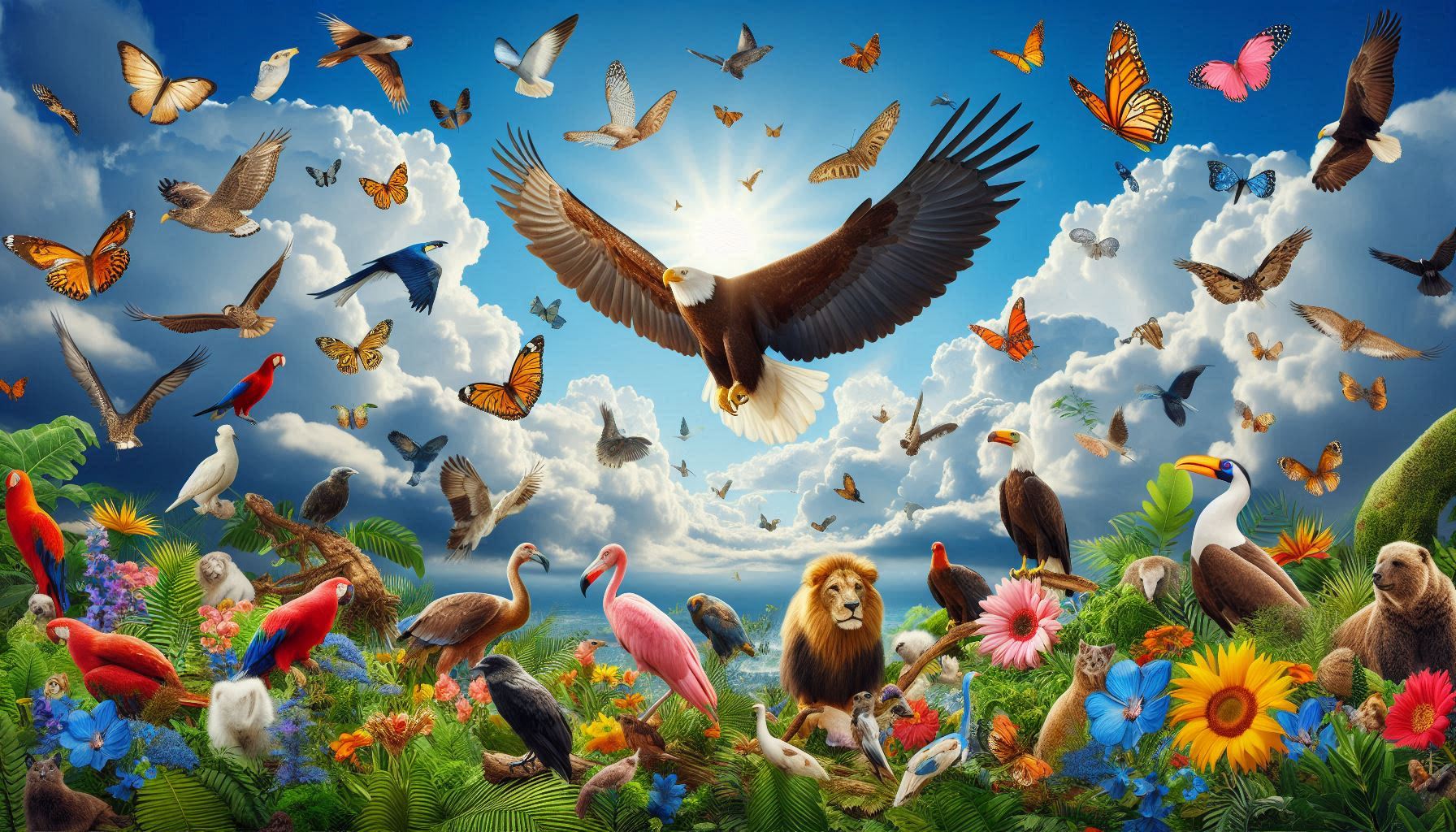While I was researching microorganisms in extreme environments, I learned that there are also free-floating organisms in the stratosphere. The very existence of air seems amazing, but I was interested in the system that allows them to fly against gravity using the properties of air, and the phenomenon of flight. Microorganisms are small and light, so they can be carried by the air, but larger organisms such as insects, birds, fish, reptiles, mammals, and plant seeds could also be mentioned.
Insects with wings are small, light, and easy to fly, but spiders also fly in the air using threads, even though they don’t have wings. They fly by ballooning, entangling multiple threads about three meters long in the wind, and can reach heights of several thousand meters or travel distances of several hundred kilometers. There is also a theory that they fly not only by wind power, but also by using the electric field in the air, which is charged with static electricity. Spiders are amazing.
https://www.gizmodo.jp/2018/07/how-spiders-fly.html
It seems that many plant seeds also fly. They fly by fluff like dandelions, by propeller-like shapes like maples and pines, and by popping like impatiens. Among them, the seeds of a plant called Alsomithra are shaped like gliders and can fly up to 1 km even without wind. The seed dispersal strategies of plants are amazing.
https://sagamigawa-fureai.com/diary/20240414-15864
It seems that many of the flying fish and reptiles have shapes similar to wings or devices that act as wings. Their names seem to have been derived from the fact that they fly. Flying fish spread their fins, flying frogs spread their webbed feet, flying snakes spread their ribs, and flying lizards spread their flying membranes to fly in the air. Manta rays also fly. They certainly do seem to have shapes that make them look like they could fly.
https://karapaia.com/archives/51459447.html
Many flying mammals have a flying membrane between their limbs or tails. Bats are the only ones that fly by flapping their flying membrane. Flying squirrels and flying lemurs can glide over 100 meters using their flying membrane.
Birds are specialists in flying, so I’ll list a few ways they fly. There’s thermal soaring, which uses updrafts and air currents caused by the terrain to stay in the air, dynamic soaring, which uses air currents along the ocean surface waves, and wavy flight, where the bird vigorously flaps its wings up and down. Another way of staying in the air is sometimes called a ‘bird pillar’. We’ve now developed a flying style that is mainly related to air currents. Birds must be good at using air currents.
https://www.hirahaku.jp/hakubutsukan_archive/seibutsu/00000059/28.html
I think it’s amazing that flying allows us to use space three-dimensionally, and I feel like there’s something really important about being able to fly effectively against gravity while still benefiting from it. Flying is amazing. The Earth’s systems are amazing.


